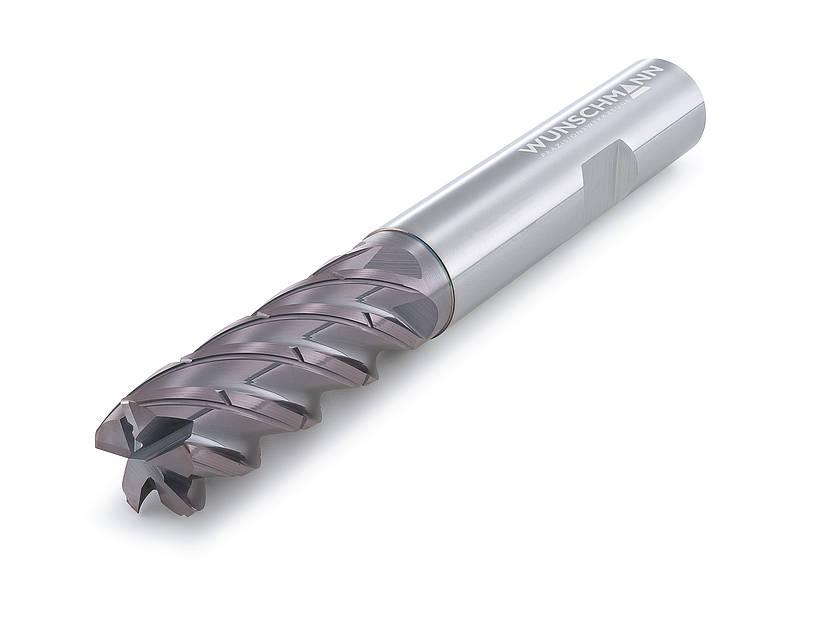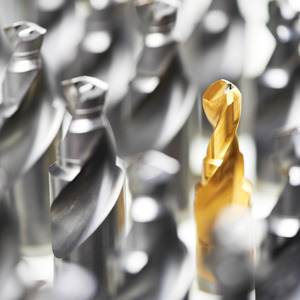OTEC’s Drag Finishing Machine Boost Performance of Wunschmann Precision Tools
 Precision cutting tools manufacturer, Wunschmann GmbH boosts the performance of its precision cutters with new drag finishing or mass finishing machines from OTEC Präzisionsfinish GmbH (OTEC). In drag finishing, parts (in Wunschmann’s case) milling tools for metal cutting are pulled through a bulk container. The material abrasion is clearly specified in advance: deburring/rounding or smoothing/polishing. This enhances the tool’s surface and improves its functional properties.
Precision cutting tools manufacturer, Wunschmann GmbH boosts the performance of its precision cutters with new drag finishing or mass finishing machines from OTEC Präzisionsfinish GmbH (OTEC). In drag finishing, parts (in Wunschmann’s case) milling tools for metal cutting are pulled through a bulk container. The material abrasion is clearly specified in advance: deburring/rounding or smoothing/polishing. This enhances the tool’s surface and improves its functional properties.
The process on the OTEC DF-3 drag finishing machine takes 30 - 60 minutes. The company has now been using the machine for several months at its Hailfingen site and preparing the edges in this way has extended the service life of its high-performance cutter (HPC-Vplus 187) by around 30% when milling chromium-nickel steel (1.4301).
In addition, the company's toolmaking experts have found that the benefits of mass finishing go beyond the edge rounding. It also helps to polish chip flutes on milling tools, which in turn improves cutting performance and chip removal. All in all, the machine is considered a good investment and Wunschmann believes that drag finishing will provide its customers with even higher performance cutting tools. And not just new ones, edge rounding, or chip flute polishing can also boost the performance of resharpened tools.
“A lot of our customers are skeptical about mass finishing at first, but it is definitely won me over. Obviously, it is not suitable for every tool. You have to use it for specific purposes and always with accurately defined edge-rounding values. So, you need to be prepared to tinker a bit to obtain the optimum rounding value for each cutter,” expressed Stephan Wunschmann, Managing Director, Wunschmann GmbH.
“The tool still bites despite rounding, and on top of that we’ve seen an improvement in wear resistance and process reliability,” added Wunschmann, on milling performance of HPC-Vplus 187 machine. “Before treating them, the cutting edges on our 187 were more ragged, which tended to cause erratic wear. Rounded edges wear more slowly and evenly.”
www.otec.de











